Bhutan is a small landlocked country in South Asia, located in the eastern Himalayas. It shares borders with China to the north and India to the south, east, and west. Bhutan is known for its unique approach to measuring the country’s progress, called Gross National Happiness (GNH), which focuses on sustainable development, environmental conservation, cultural preservation, and good governance.
Bhutan has a population of around 770,000 people and the official language is Dzongkha. The capital and largest city is Thimphu. The country has a rich cultural heritage, with Buddhism being the dominant religion, and it is home to numerous monasteries, festivals, and traditional arts and crafts.
The Bhutanese economy is largely agricultural, with tourism, hydropower, and forestry also being important sectors. The country has made significant progress in reducing poverty and improving healthcare and education outcomes in recent years. However, it still faces challenges related to limited infrastructure, high youth unemployment, and environmental sustainability.
Paro
Paro is a town in western Bhutan, located in the Paro Valley. It is one of the most scenic and historic valleys in the country, and is home to many of Bhutan’s cultural and natural landmarks.
One of the most iconic landmarks in Paro is the Paro Taktsang or Tiger’s Nest monastery, which is perched on a cliff 900 meters above the valley floor. The monastery is one of the most visited tourist destinations in Bhutan and is considered a sacred site by the Bhutanese people.
Paro is also home to the Rinpung Dzong, a fortress-monastery that was built in the 17th century and is now used as an administrative center and monastic school. The dzong is famous for its intricate woodwork and beautiful paintings.
Other notable attractions in Paro include the National Museum of Bhutan, which is housed in a former watchtower and displays a wide range of Bhutanese art and artifacts, and the Kyichu Lhakhang, an ancient temple that is believed to have been built in the 7th century.
Paro is also a gateway to other parts of Bhutan, as it has an international airport that is the only one in the country. Many visitors to Bhutan start their journey in Paro and then travel to other parts of the country by road or air.
Thimphu
Thimphu is the capital and largest city of Bhutan, located in the western part of the country. It is the political, economic, and cultural center of Bhutan and home to many of the country’s government institutions, businesses, and cultural institutions.
Thimphu is known for its unique blend of traditional Bhutanese architecture and modern urban development. The city has a number of notable landmarks, including the Tashichho Dzong, a large fortress-monastery that serves as the seat of the Bhutanese government and the King’s office.
Other notable landmarks in Thimphu include the National Memorial Chorten, a large stupa that is a popular place for prayer and meditation, and the Buddha Dordenma, a gigantic statue of Buddha that overlooks the city.
Thimphu is also known for its vibrant arts and culture scene, with many galleries, museums, and festivals celebrating Bhutanese art, music, and dance. The Folk Heritage Museum, the Textile Museum, and the National Institute for Zorig Chusum (the School of Traditional Arts and Crafts) are all popular destinations for visitors interested in Bhutanese culture.
Thimphu is also a popular destination for outdoor enthusiasts, with many opportunities for hiking, trekking, and mountain biking in the surrounding hills and mountains.
Punakha
Punakha is a town in central Bhutan, located in the Punakha Valley at the confluence of the Mo Chhu and Pho Chhu rivers. It was the capital of Bhutan until the mid-20th century and is known for its rich history and cultural heritage.
One of the most famous landmarks in Punakha is the Punakha Dzong, a large fortress-monastery that was built in the 17th century and is considered one of the most beautiful dzongs in Bhutan. The dzong is situated on a small island at the confluence of the Mo Chhu and Pho Chhu rivers and is a popular destination for visitors to the region.
Punakha is also known for its scenic beauty, with lush green hills and valleys, terraced fields, and traditional farmhouses. Visitors can explore the countryside on foot or by bicycle and enjoy the stunning views of the surrounding landscape.
Other notable attractions in Punakha include the Chimi Lhakhang, a temple dedicated to the divine madman, Drukpa Kunley, and the Khamsum Yulley Namgyal Chorten, a large Buddhist stupa that was built in the 1990s.
Punakha is also a popular destination for rafting and kayaking, as the Mo Chhu and Pho Chhu rivers offer exciting rapids and stunning scenery. The town is also famous for its traditional Bhutanese handicrafts, particularly the intricate woven textiles known as kira and gho.
Phobjikha
Phobjikha is a glacial valley located in central Bhutan, in the district of Wangdue Phodrang. It is one of the most scenic and unspoiled valleys in Bhutan, with stunning views of the surrounding hills and mountains.
Phobjikha is known for its unique ecosystem, as it is the winter habitat of the endangered black-necked cranes, which migrate to the valley from the Tibetan Plateau each year. The cranes are considered sacred by the Bhutanese people and are an important symbol of the country’s commitment to environmental conservation.
One of the most popular attractions in Phobjikha is the Gangtey Monastery, a large 17th-century monastery that overlooks the valley. The monastery is home to a community of monks and is an important center of Buddhist learning and practice.
Visitors to Phobjikha can also explore the surrounding countryside on foot or by bicycle, and enjoy the stunning views of the valley and the nearby mountains. There are many hiking trails in the area, including the Gangtey Nature Trail, which takes visitors through the forests and fields around the monastery.
Other notable attractions in Phobjikha include the Black-necked Crane Information Centre, which provides information about the cranes and their habitat, and the local handicraft center, where visitors can see traditional Bhutanese crafts being made by local artisans.
Trongsa
Trongsa is a town in central Bhutan, located in the Trongsa District. It is situated on a steep ridge overlooking the Mangde Chhu river and is an important cultural and historical center in Bhutan.
One of the most famous landmarks in Trongsa is the Trongsa Dzong, a large fortress-monastery that was built in the 17th century and is considered one of the most impressive dzongs in Bhutan. The dzong is situated on a hill overlooking the town and is an important center of government and religious activity in the region.
Trongsa is also known for its rich history and cultural heritage. The town was once the seat of power for the Wangchuck dynasty, the current royal family of Bhutan, and the Trongsa Dzong served as the ancestral home of the dynasty for many years. Visitors to Trongsa can learn about the town’s history and culture at the Trongsa Museum, which is housed in a former watchtower and displays a wide range of artifacts and exhibits related to Bhutanese history and culture.
Other notable attractions in Trongsa include the Tower of Trongsa, a seven-story watchtower that is one of the oldest buildings in Bhutan, and the nearby Kuenga Rabten Palace, which was built in the 20th century and served as the winter residence of the second king of Bhutan.
Trongsa is also a popular destination for trekking and hiking, with many trails leading through the surrounding hills and mountains. Visitors can enjoy stunning views of the valley and the nearby peaks, as well as the chance to spot local wildlife such as Himalayan black bears and red pandas.
Bumthang
Bumthang is a region located in central Bhutan, known for its rich culture, history, and natural beauty. It is made up of four main valleys: Chumey, Choekhor, Tang, and Ura.
One of the most famous landmarks in Bumthang is the Jambay Lhakhang, a large 7th-century temple that is one of the oldest and most important religious sites in Bhutan. The temple is located in Choekhor Valley and is the site of the Jambay Lhakhang Festival, a colorful annual event that attracts many visitors to the region.
Bumthang is also known for its stunning natural beauty, with lush forests, rolling hills, and pristine rivers and streams. Visitors to the region can enjoy hiking, trekking, and mountain biking through the countryside, and can also visit traditional Bhutanese villages and monasteries along the way.
Other notable attractions in Bumthang include the Kurje Lhakhang, a temple that is said to be the resting place of Guru Rinpoche, the founder of Tibetan Buddhism, and the Jakar Dzong, a large fortress-monastery that overlooks the Choekhor Valley and is an important center of government and religious activity in the region.
Bumthang is also famous for its traditional handicrafts, particularly the intricate woven textiles known as yathra. Visitors can watch local artisans weaving yathra and other textiles in the traditional manner, and can also purchase these beautiful handicrafts as souvenirs or gifts.
Haa
Haa is a small district located in western Bhutan, bordered by the districts of Paro, Chhukha, and Samtse. It is one of the least populated districts in Bhutan and is known for its unspoiled natural beauty and rich cultural heritage.
One of the most popular attractions in Haa is the Lhakhang Karpo and Lhakhang Nagpo, two large 7th-century temples that are located in the heart of the district. These temples are said to be among the oldest in Bhutan and are an important center of religious and cultural activity in the region.
Haa is also known for its stunning natural scenery, with snow-capped mountains, pristine forests, and crystal-clear rivers and streams. Visitors to the district can enjoy hiking and trekking through the countryside, and can also visit traditional Bhutanese villages and monasteries along the way.
Other notable attractions in Haa include the Haa Dzong, a fortress-monastery that dates back to the 19th century and is now used as an administrative center for the district, and the Shekhar Drak, a cave that is said to have been the meditation spot of Guru Rinpoche, the founder of Tibetan Buddhism.
Haa is also famous for its unique cuisine, which includes dishes such as Habi Hoentoe, a type of dumpling stuffed with turnip greens and cheese, and Hoentoe, a similar dumpling filled with spinach and cheese. Visitors can sample these delicious dishes at local restaurants and food stalls throughout the district.
Phuntsholing
Phuntsholing is a town in southern Bhutan, located on the border with India. It is the second-largest town in Bhutan and serves as an important gateway for trade and commerce between Bhutan and India.
One of the most notable attractions in Phuntsholing is the Bhutan Gate, a large archway that marks the entry point into Bhutan from India. The gate is decorated with traditional Bhutanese carvings and is a popular spot for photos.
Phuntsholing is also home to several Buddhist temples and monasteries, including the Zangto Pelri Lhakhang, a colorful temple that is said to be a replica of Guru Rinpoche’s celestial palace, and the Karbandi Monastery, which is situated on a hill overlooking the town and offers panoramic views of the surrounding countryside.
In addition to its cultural and religious attractions, Phuntsholing is also known for its bustling markets and bazaars, where visitors can purchase a wide range of goods, including textiles, handicrafts, and electronics. The town is also famous for its street food, which includes dishes such as momos (dumplings), thukpa (noodle soup), and phaksha paa (spicy pork).
Overall, Phuntsholing is a fascinating town that offers a unique blend of Bhutanese and Indian cultures, making it a popular destination for travelers visiting Bhutan.

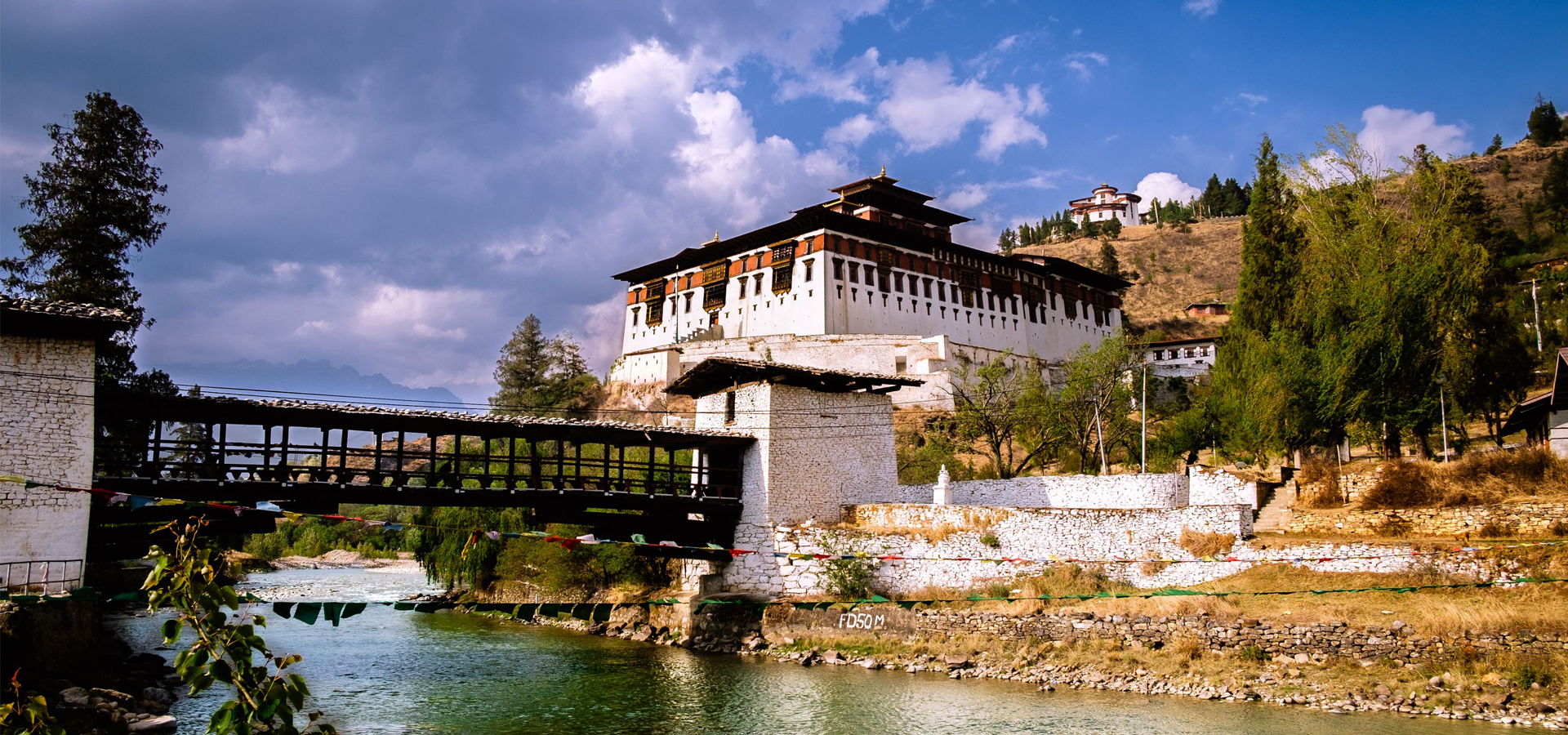
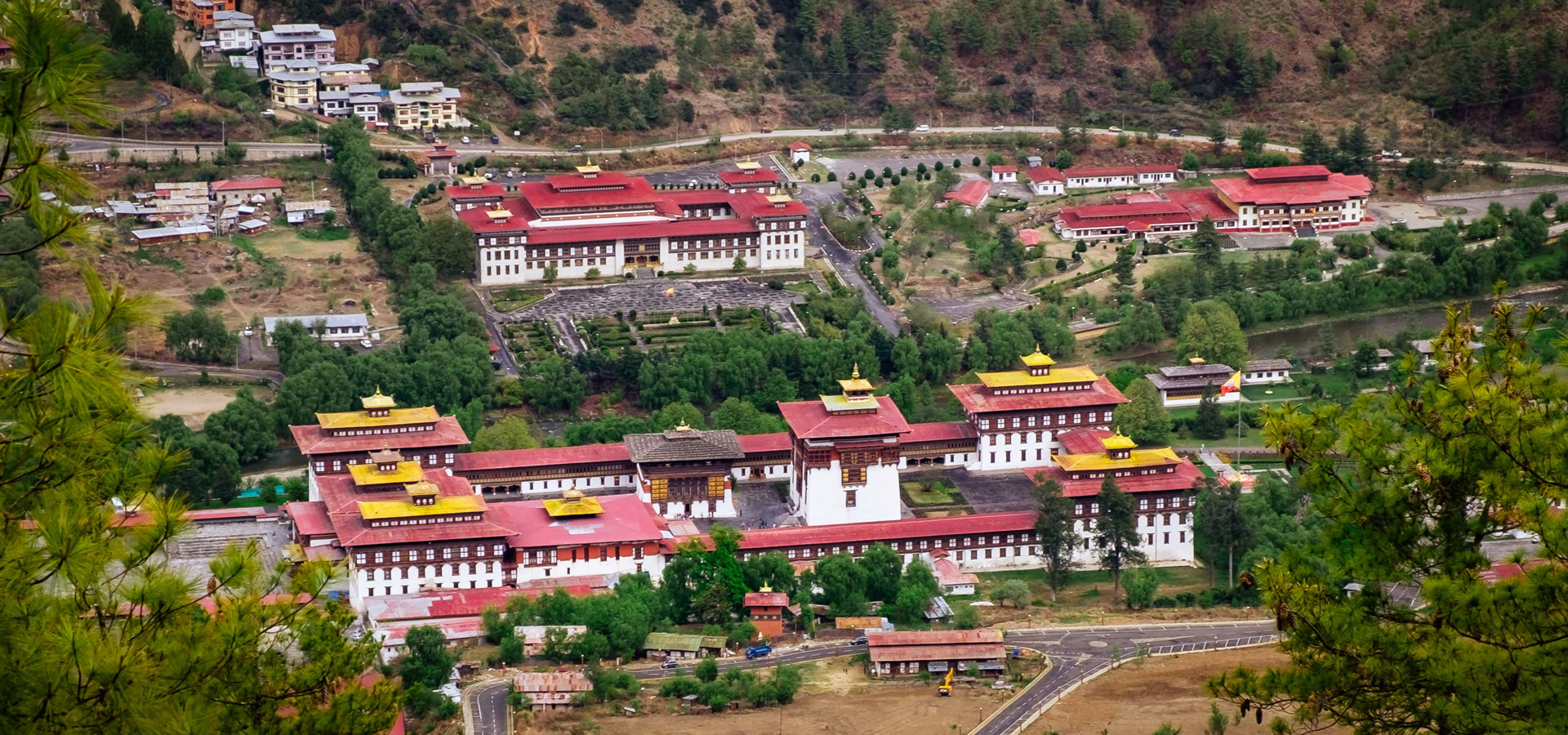
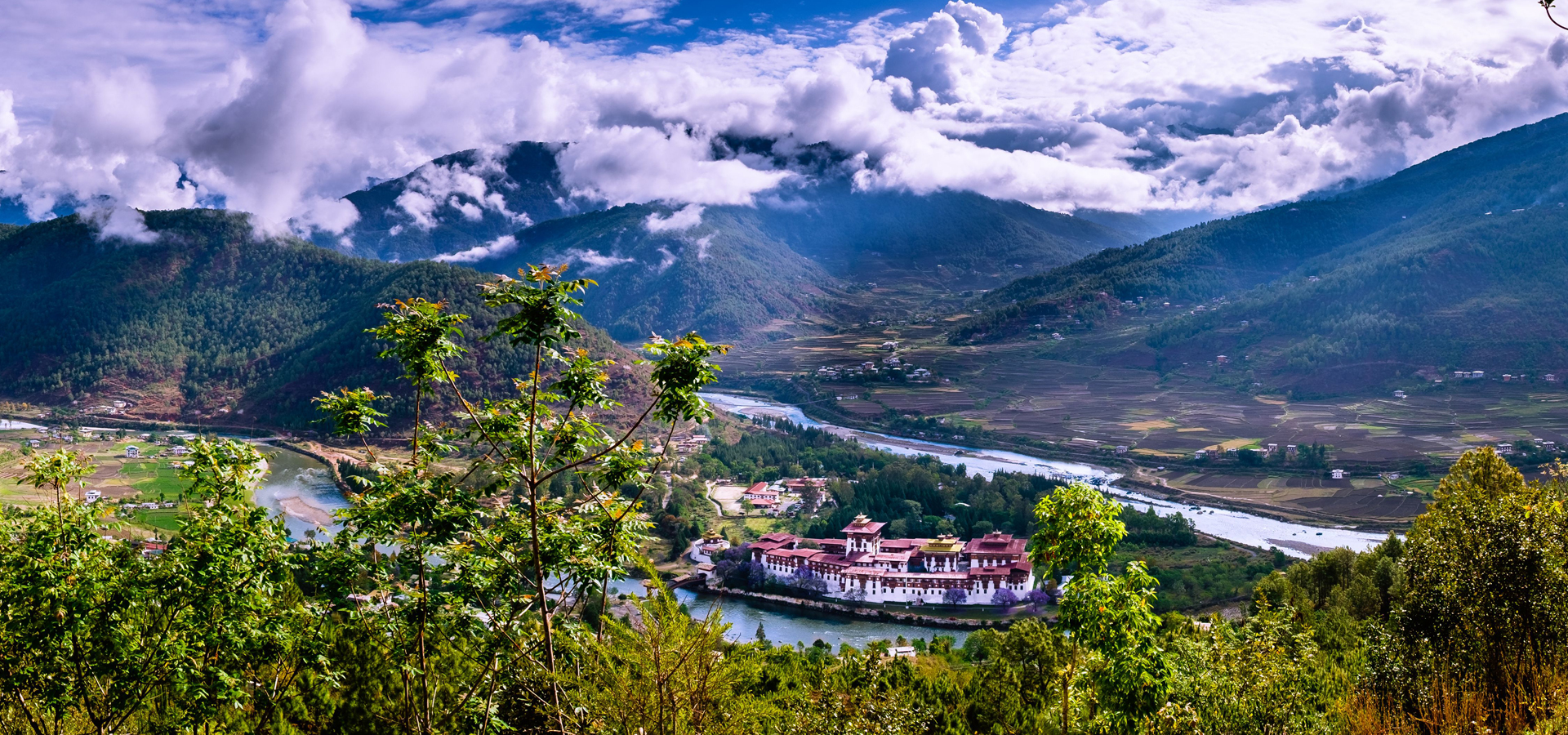
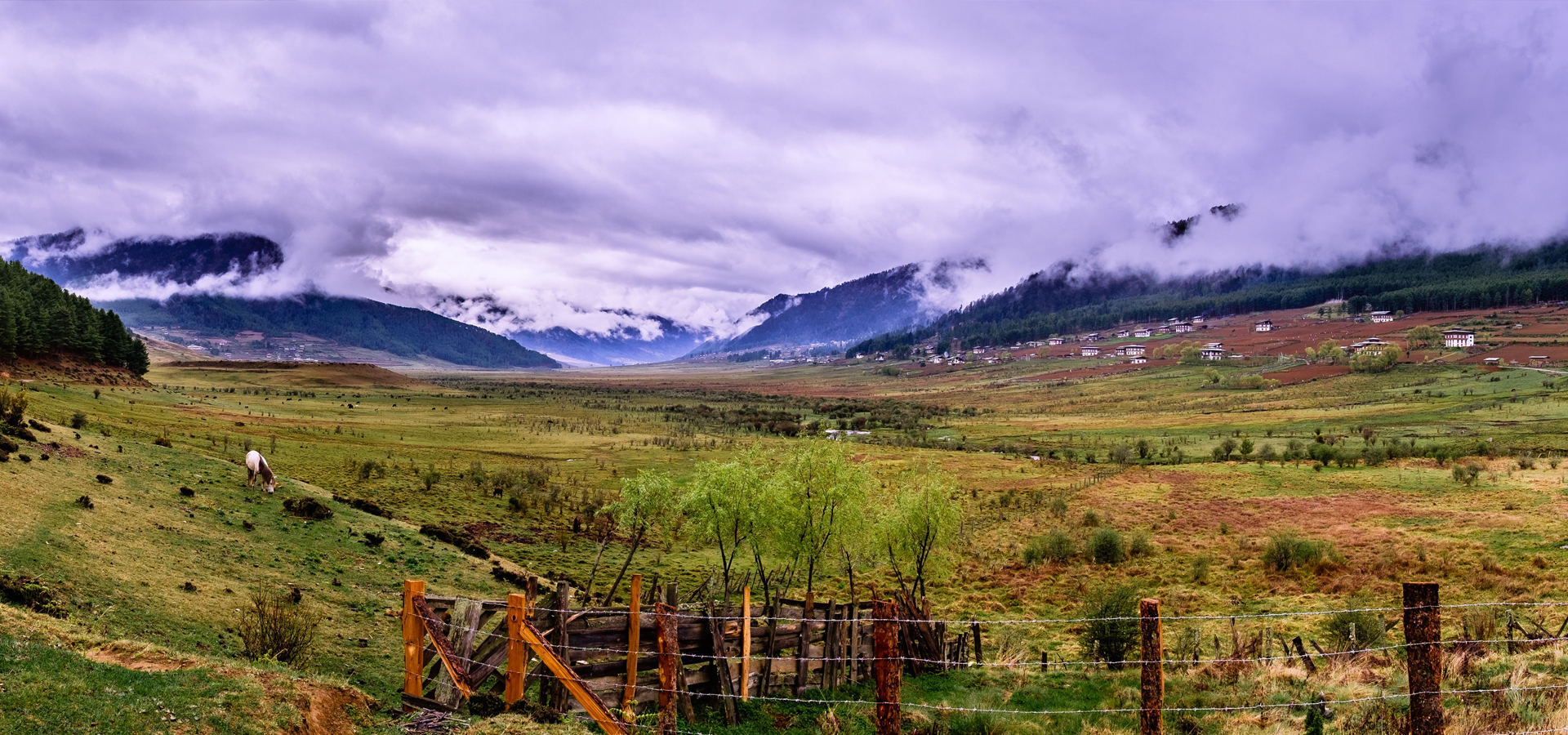
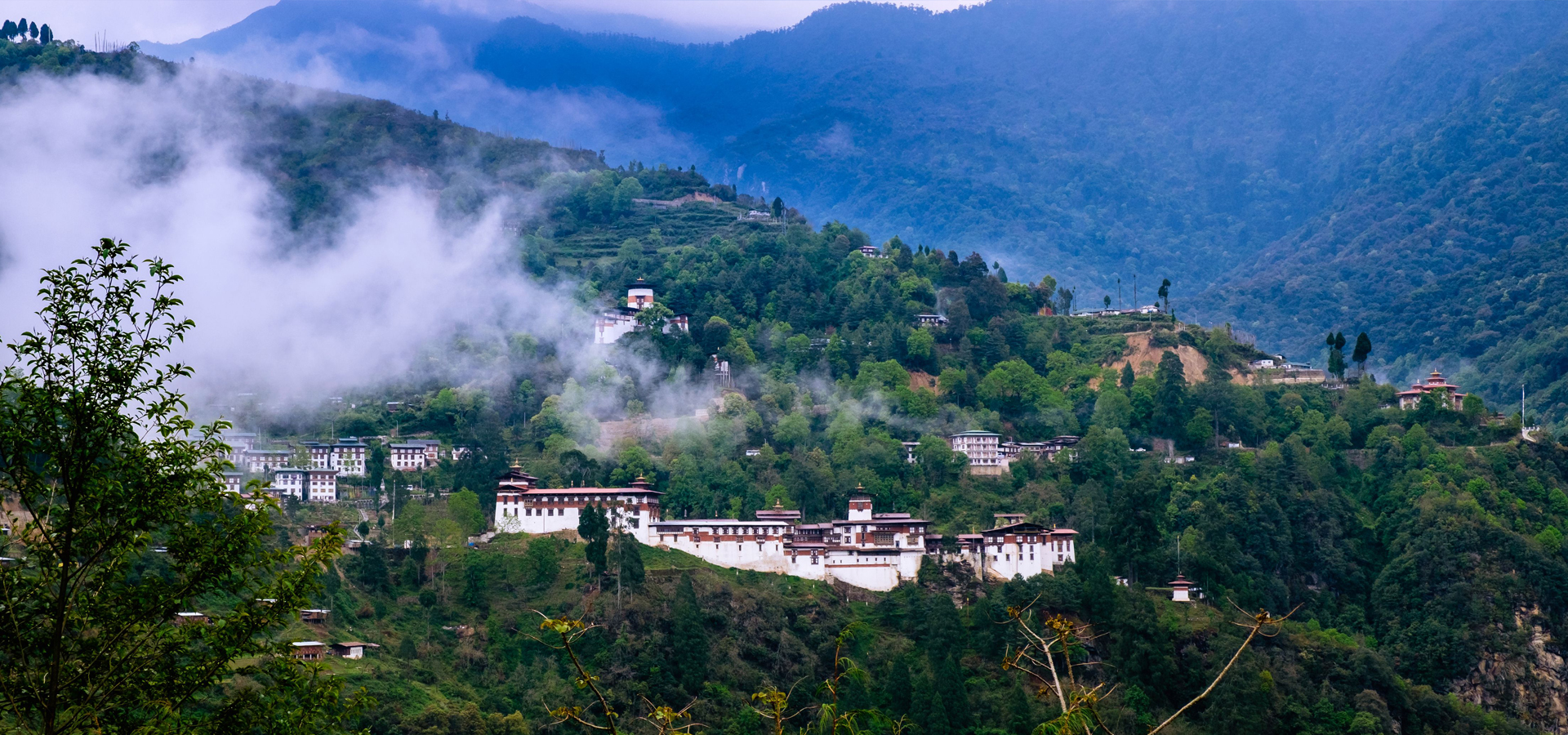
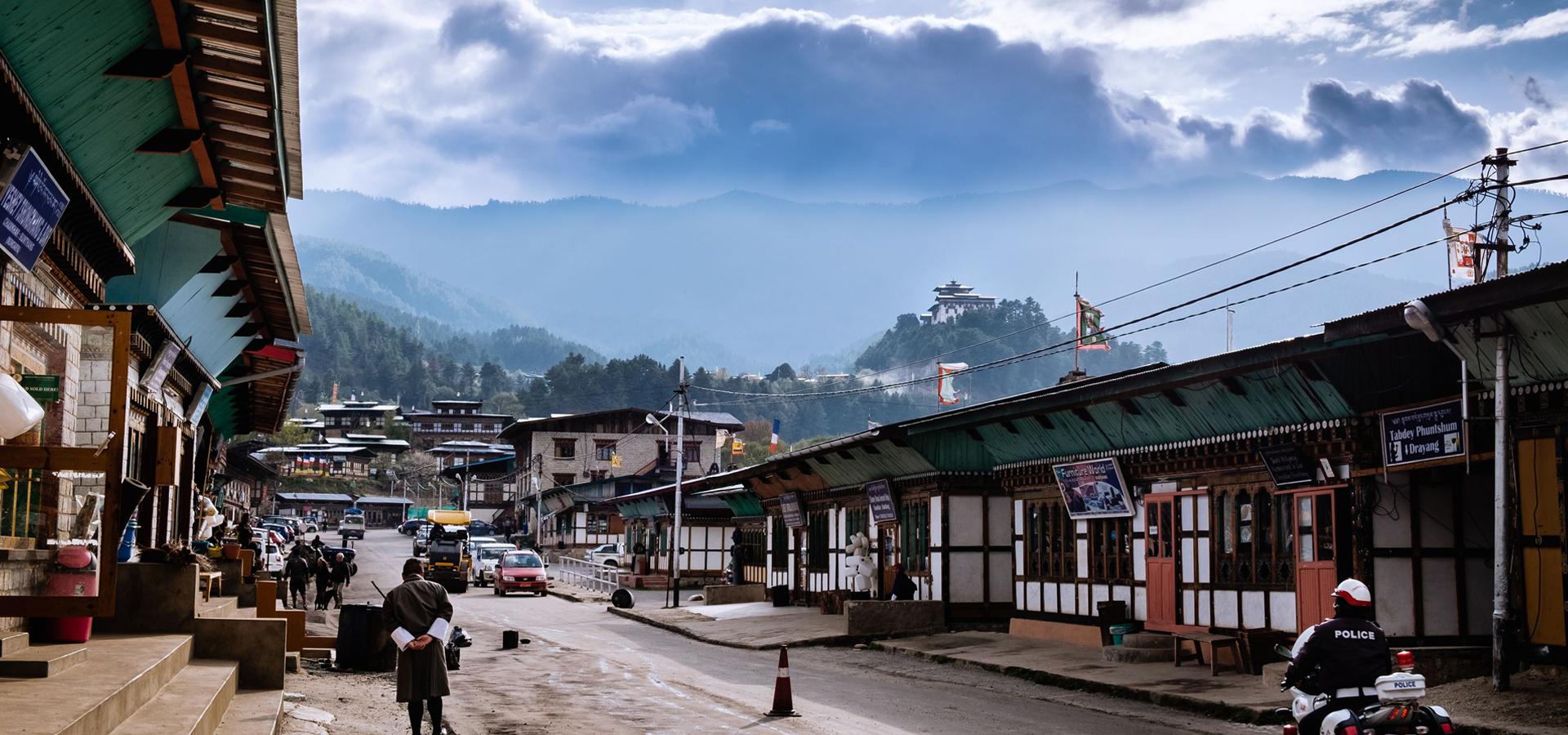

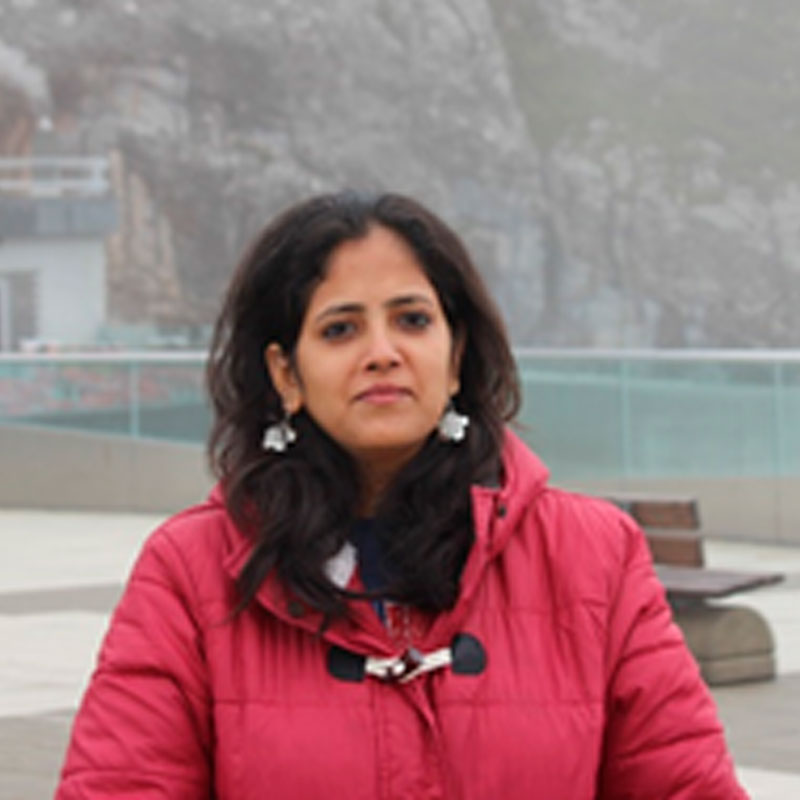 I am Ruchita Mehta. I have done my Masters in Computer Management. Previously I have worked with Yatra and a few other travel companies as a travel adviser for some time. I am an avid traveller.
I am Ruchita Mehta. I have done my Masters in Computer Management. Previously I have worked with Yatra and a few other travel companies as a travel adviser for some time. I am an avid traveller.